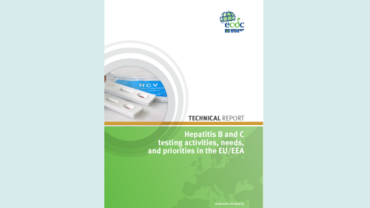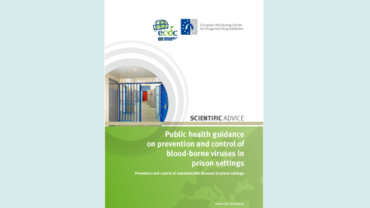Public health guidance on HIV, hepatitis B and C testing in the EU/EEA
This guidance aims to provide EU/EEA countries with an evidence-based framework to help develop, implement, monitor and evaluate their own national HBV, HCV and HIV testing guidelines and programmes. It offers a range of evidence-based options for the design of testing interventions for different settings and populations and supports the concepts of diversifying and integrating testing services.
Executive Summary
Reaching and testing those at risk of infection with human immunodeficiency virus (HIV), hepatitis B virus (HBV) or hepatitis C virus (HCV) is still a public health challenge across Europe. One in two people currently living with HIV is diagnosed late in the course of their infection and an even larger proportion of the estimated 9 million Europeans living with chronic hepatitis B or C are not aware that they are infected.
In order to interrupt existing transmission chains and prevent further infections, Europe needs a stronger focus on working closer with vulnerable populations to help better detect those with undiagnosed infections, then link them to appropriate health care services. Increasing testing coverage and uptake, especially for those most at-risk, is an essential element of any strategy to eliminate HBV, HCV and HIV in the European Union and European Economic Area (EU/EEA). To support Member States in their efforts to improve case detection and uptake of testing programmes as part of the global effort to eliminate viral hepatitis and HIV as public health threats by 2030, ECDC is providing this evidence-based guidance on integrated testing of hepatitis B (HBV), hepatitis C (HCV) and HIV.
Download

Read the guidance in brief
Public health guidance
Public health guidance in brief on HIV, hepatitis B and C testing in the EU/EEA
The ECDC guidance on integrated testing of hepatitis B (HBV), hepatitis C (HCV) and HIV supports countries in the global effort to combat viral hepatitis and eliminate HIV as public health threats by 2030. At present, reaching and testing those at risk of infection with HIV, HBV or HCV is still a public health challenge across Europe. This Guidance in brief is based on the comprehensive guidance document which provides the evidence base for this guidance










